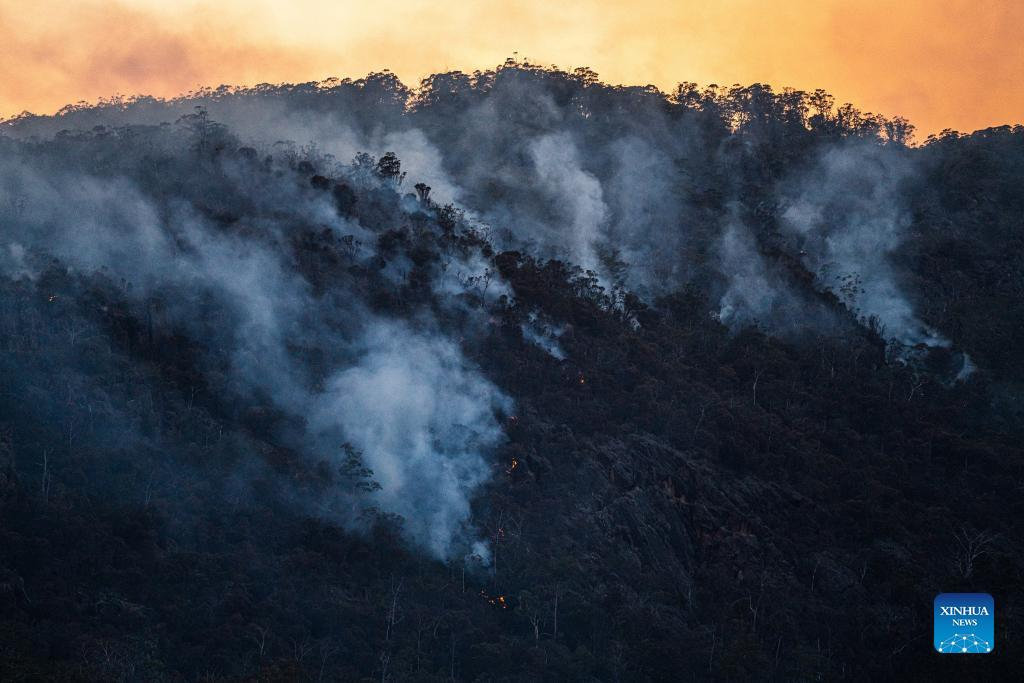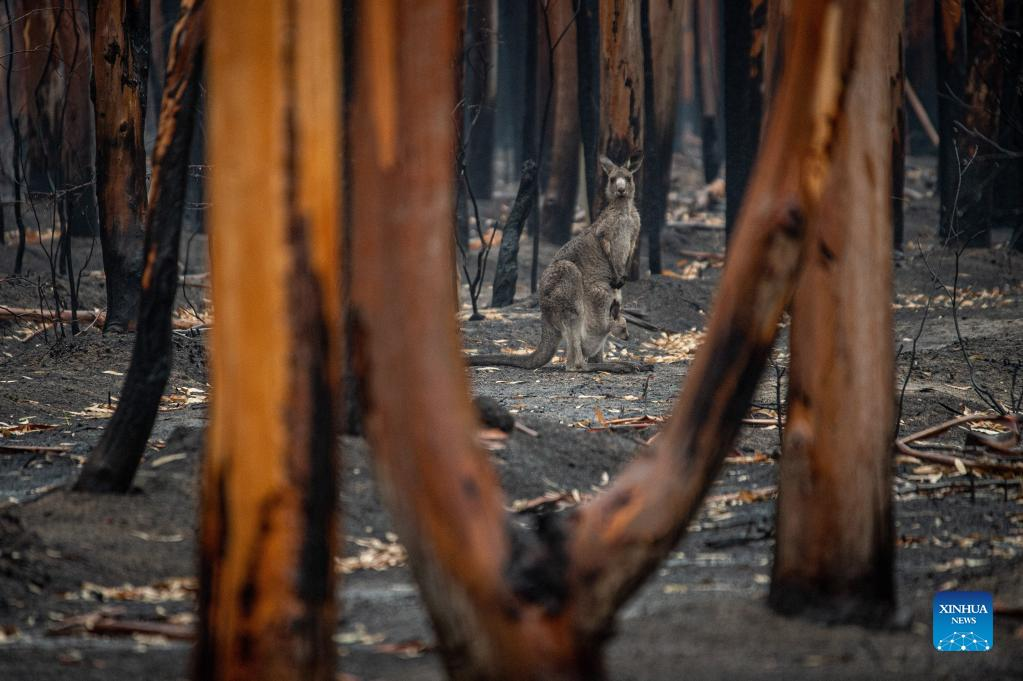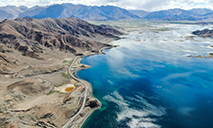Australian bushfire season 27 days longer than 40 years ago: report

Photo provided by the Commonwealth Scientific and Industrial Research Organisation (CSIRO) on July 1, 2022 shows a bushfire in Australia. The number of extreme fire weather days in Australia every year has increased significantly over the past 40 years, a study has found. According to a report published by the CSIRO on July 1, the number of extreme bushfire weather days per year increased by 27, or 56 percent, between 1979 and 2019. (Matt Palmer/Handout via Xinhua)
CANBERRA, July 1 (Xinhua) -- The number of extreme fire weather days in Australia every year has increased significantly over the past 40 years, a study has found.
According to a report published by the Commonwealth Scientific and Industrial Research Organisation (CSIRO) on Friday, the number of extreme bushfire weather days per year increased by 27, or 56 percent, between 1979 and 2019.
By comparison, the frequency of days with extreme fire weather globally increased by 54 percent in the same time period.
Pep Canadell, CSIRO researcher and author of the study, said the increase in extreme weather days translated to an increased number of bushfires, as seen during the 2019/20 Black Summer when fires raged in every state and territory.
"Australia has always experienced extreme bushfires, but the Black Summer of 2019/2020 highlighted an increasing trend in fire activity," Canadell said in a statement.
"These new findings show that the whole of Australia has seen an increase in extreme fire weather events and extreme fire days over the last four decades."
Under future climate scenarios included in the report, a rise in global temperatures by between 1.5 and 4 degrees Celsius by 2100 could extend the fire season by an additional 11 to 36 days.
"Australia's highly variable fire weather conditions contribute to annual variability in fire activity, however, we are seeing over time a clear increase in the fire season and fire weather trend. Long-term climate change is driving the increasing trends," Canadell said.
"Our study demonstrates the importance of understanding how trends in fire weather can help first responders, policy makers, and the community better prepare for, and respond to bushfires. It also highlights the importance of curbing global carbon emissions."

Photo provided by the Commonwealth Scientific and Industrial Research Organisation (CSIRO) on July 1, 2022 shows a kangaroo after a bushfire in Australia. The number of extreme fire weather days in Australia every year has increased significantly over the past 40 years, a study has found. According to a report published by the CSIRO on July 1, the number of extreme bushfire weather days per year increased by 27, or 56 percent, between 1979 and 2019. (Jo-anne McArthur/Handout via Xinhua)
Photos
Related Stories
- Australian resources exports estimated to hit record high
- Australia's Sydney faces emergency wet weather, flood warnings
- Australia scraps requirement to declare COVID-19 vaccination status for int'l arrivals
- Australia surpasses 10,000 COVID-19 deaths
- Australian PM to meet with Macron in France to "reset" relations
Copyright © 2022 People's Daily Online. All Rights Reserved.









